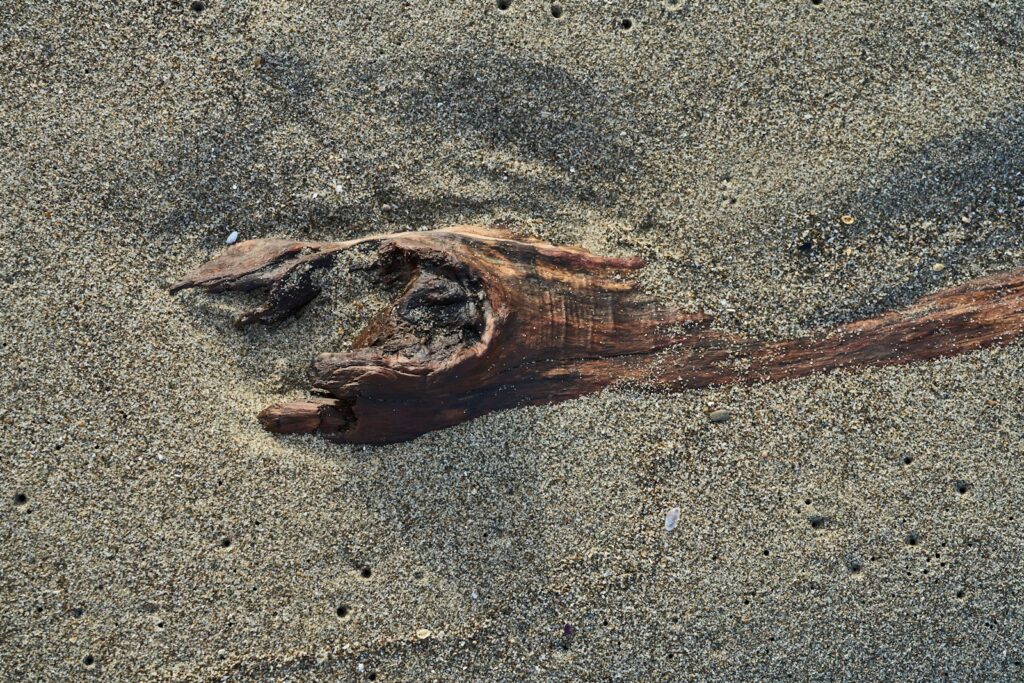In the world of paleontology, few names command as much respect when it comes to Tyrannosaurus rex as Dr. Thomas Richard Holtz Jr. For decades, this renowned dinosaur expert has been at the forefront of revolutionary discoveries about everyone’s favorite prehistoric predator, transforming our understanding of these magnificent creatures through meticulous research and passionate education. From university lecture halls to popular science books, Holtz has dedicated his career to unraveling the mysteries of tyrannosaurs while making paleontology accessible to audiences of all ages. His continuing influence on the field demonstrates why he remains one of the most significant voices in dinosaur science today, constantly adapting to new evidence while maintaining the childlike wonder that first drew him to these ancient beasts.
Early Life and Academic Beginnings

Thomas Holtz’s fascination with dinosaurs began in childhood, a common starting point for many paleontologists that evolved into a lifelong scientific pursuit. Born in 1965, he developed an early and intense curiosity about prehistoric life that would shape his future career path. Holtz pursued his formal education at Johns Hopkins University, where he earned his undergraduate degree before continuing to Yale University for his doctoral studies. His PhD dissertation focused on the functional morphology and evolution of theropod dinosaurs, particularly examining their hindlimbs and locomotion—research that would lay the groundwork for his later specialization in tyrannosaurs. This solid academic foundation, combined with his natural enthusiasm for the subject, positioned Holtz to become one of the leading voices in dinosaur paleontology even early in his career.
Academic Career and Current Position

After completing his education, Dr. Holtz established himself at the University of Maryland, College Park, where he currently serves as Principal Lecturer in the Department of Geology. His role extends beyond typical professorial duties, as he also acts as the Faculty Director for the Science and Global Change College Park Scholars program, mentoring future scientists across disciplines. Throughout his tenure, Holtz has become known for his engaging teaching style and comprehensive knowledge that makes complex paleontological concepts accessible to students. His courses on dinosaur paleobiology regularly attract both science majors and non-majors alike, demonstrating his ability to communicate scientific information to diverse audiences. The University of Maryland has benefited tremendously from his presence, as he bridges the gap between cutting-edge research and effective science education.
Specialization in Tyrannosaurs
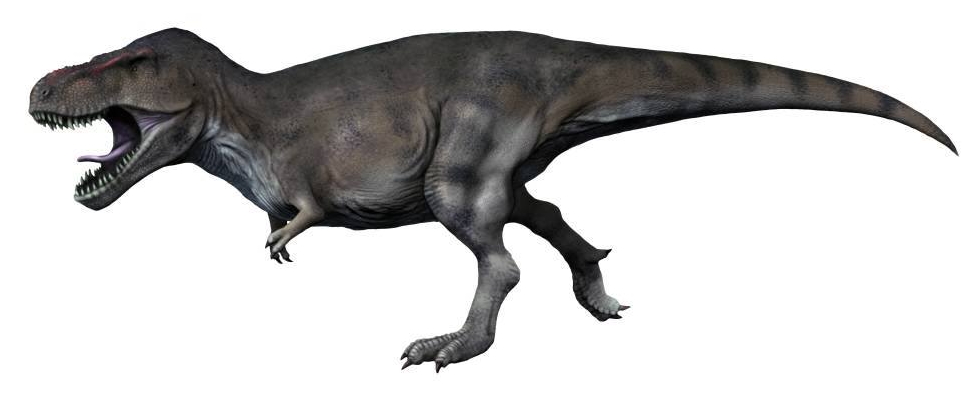
While Dr. Holtz’s expertise spans the entirety of theropod dinosaurs, he has developed a particular specialization in tyrannosaurs that has defined much of his career. His research has helped clarify the evolutionary relationships within the Tyrannosauroidea superfamily, tracking their development from relatively small, primitive forms to the massive apex predators that dominated the late Cretaceous period. Holtz has conducted extensive anatomical studies of tyrannosaur skulls, demonstrating how their powerful bite force and sensory adaptations made them incredibly efficient hunters. His work has also examined the growth patterns of T. rex and its relatives, showing how these animals transformed dramatically as they matured from agile juveniles to massive adults. This specialization has earned him the informal title of “The T. rex Expert” among both colleagues and dinosaur enthusiasts worldwide.
Groundbreaking Research Contributions

Throughout his career, Dr. Holtz has made numerous significant contributions to paleontological research that have reshaped our understanding of theropod dinosaurs. One of his most impactful works involved comprehensive cladistic analyses of theropods, helping to establish their phylogenetic relationships and evolutionary history with unprecedented clarity. His research on tyrannosaur sensory capabilities revealed their exceptional sense of smell and vision, painting a picture of these animals as sophisticated predators rather than simple brutes. Holtz also contributed vital insights regarding the biomechanics of tyrannosaur jaws and feeding behaviors, demonstrating how they could generate tremendous bite forces while efficiently processing prey. Additionally, his collaborative work on the “Dinosauria” reference volumes has helped establish standard taxonomic frameworks that researchers worldwide rely upon. These contributions collectively represent a body of work that has substantially advanced dinosaur paleontology.
Changing Our Understanding of T. Rex

Dr. Holtz has been instrumental in transforming the public and scientific perception of Tyrannosaurus rex from a simplistic movie monster to a complex, biologically sophisticated animal. His research helped overturn earlier notions that T. rex was primarily a scavenger, providing evidence for its capabilities as an active predator with specialized adaptations for hunting large prey. Holtz has demonstrated that despite its massive size, T. rex possessed remarkable sensory abilities, including one of the strongest senses of smell among dinosaurs and binocular vision surpassing that of modern hawks. He has also helped clarify the growth patterns of these animals, showing how juvenile tyrannosaurs were proportionally more agile than adults, suggesting possible ecological niche partitioning throughout their lives. Perhaps most significantly, his work has connected T. rex to its evolutionary context, helping us understand how this iconic dinosaur represents the culmination of millions of years of tyrannosaur evolution rather than an evolutionary anomaly.
Scientific Publications and Academic Influence

Dr. Holtz’s academic influence is evident through his extensive publication record in peer-reviewed journals that has shaped modern paleontology. His papers have appeared in prestigious publications including the Journal of Vertebrate Paleontology, Science, Nature, and Proceedings of the Royal Society, establishing foundational concepts in tyrannosaur research. Beyond journal articles, Holtz has contributed chapters to numerous scholarly volumes, including the definitive “The Complete Dinosaur” and both editions of the monumental reference work “Dinosauria.” His citation metrics demonstrate the impact of his research, with his papers frequently referenced by other researchers building upon his findings. Particularly influential has been his work on cladistic analyses of theropods and functional morphology studies that examine the relationship between form and function in these animals. This substantial publication record has cemented his reputation as one of the field’s most productive and influential researchers.
Public Education and Outreach Efforts
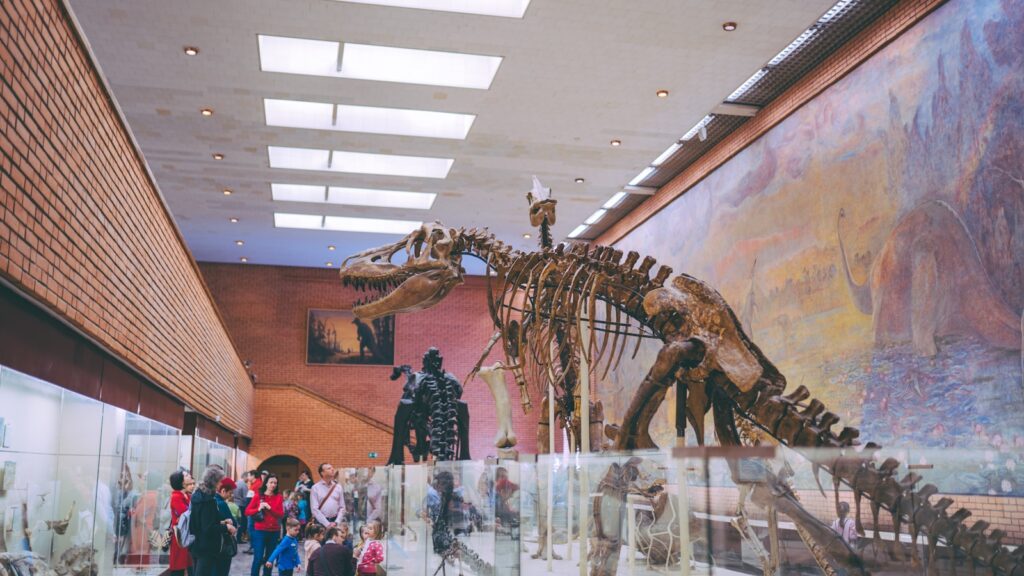
Beyond his academic contributions, Dr. Holtz has demonstrated an exceptional commitment to public dinosaur education through multiple channels. He authored “Dinosaurs: The Most Complete, Up-to-Date Encyclopedia for Dinosaur Lovers of All Ages,” a comprehensive volume that bridges the gap between technical scientific literature and accessible information for enthusiasts. Holtz regularly participates in public lectures, museum events, and science festivals where he communicates complex paleontological concepts to general audiences with clarity and enthusiasm. His appearances in numerous documentary productions, including programs for National Geographic, Discovery Channel, and PBS, have brought scientifically accurate dinosaur information to millions of viewers worldwide. Additionally, Holtz maintains an active online presence through social media and educational websites, where he answers questions and corrects misconceptions about dinosaurs. This dedication to public education reflects his belief that scientific knowledge should be accessible to everyone, not just academic specialists.
Approach to Teaching Paleontology

In the classroom, Dr. Holtz employs a distinctive teaching philosophy that combines scientific rigor with contagious enthusiasm for his subject matter. His lectures incorporate the latest research findings while remaining accessible to students with varying levels of scientific background, using vivid analogies and modern animal comparisons to illustrate prehistoric concepts. Rather than presenting paleontology as a static body of knowledge, Holtz emphasizes the dynamic nature of the field, encouraging students to understand how scientific conclusions are reached and why they sometimes change with new evidence. He incorporates hands-on learning experiences whenever possible, including fossil examination and practical exercises in comparative anatomy. Students consistently praise his ability to transform complex anatomical and evolutionary concepts into understandable frameworks without oversimplification. His teaching approach reflects a fundamental belief that effective science education requires not just conveying facts, but fostering critical thinking skills and scientific literacy that students can apply throughout their lives.
Collaboration with Other Scientists
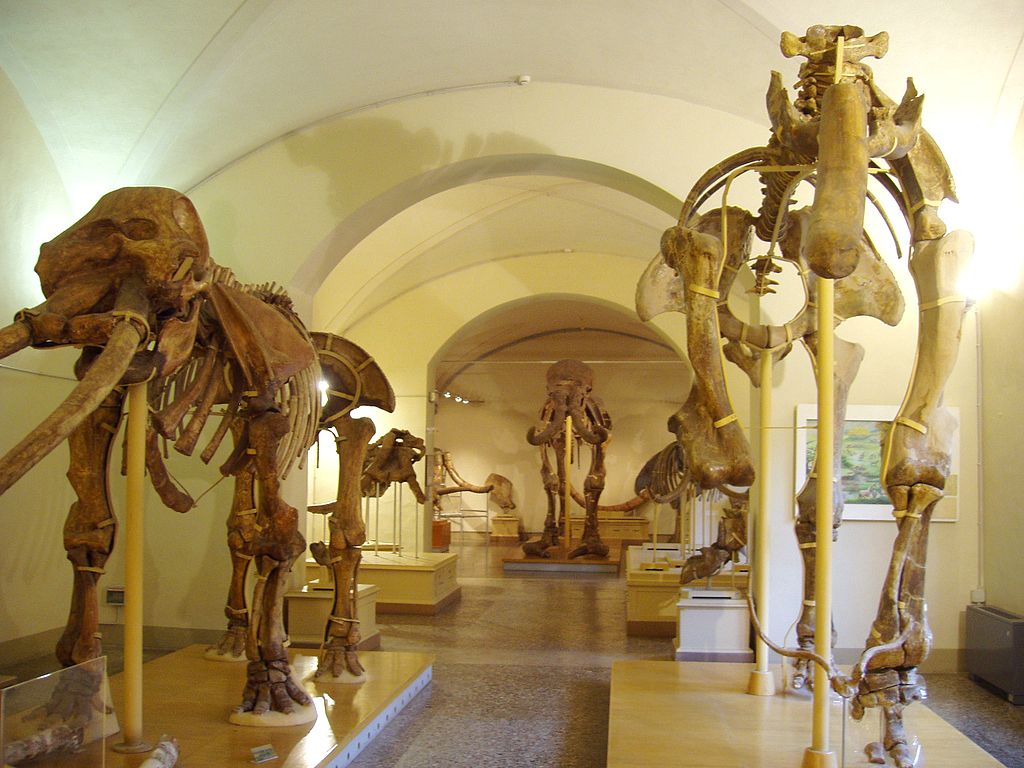
Throughout his career, Dr. Holtz has demonstrated the value of scientific collaboration through extensive partnerships with researchers worldwide that have expanded our understanding of prehistoric life. His collaborative efforts have united specialists from various subdisciplines—including molecular paleontologists, biomechanical engineers, and comparative anatomists—to approach dinosaur research from multiple perspectives. Particularly significant has been his work with international colleagues, participating in multinational research teams examining newly discovered tyrannosaur specimens from China, Mongolia, and Canada that have illuminated the group’s evolutionary history. Holtz has also collaborated extensively with paleoartists to create scientifically accurate reconstructions of extinct animals, helping translate technical research into visual representations that both scientists and the public can appreciate. These collaborative approaches reflect the increasingly interdisciplinary nature of modern paleontology, where the most significant insights often emerge at the intersection of different specialties and methodologies.
Addressing Common Misconceptions
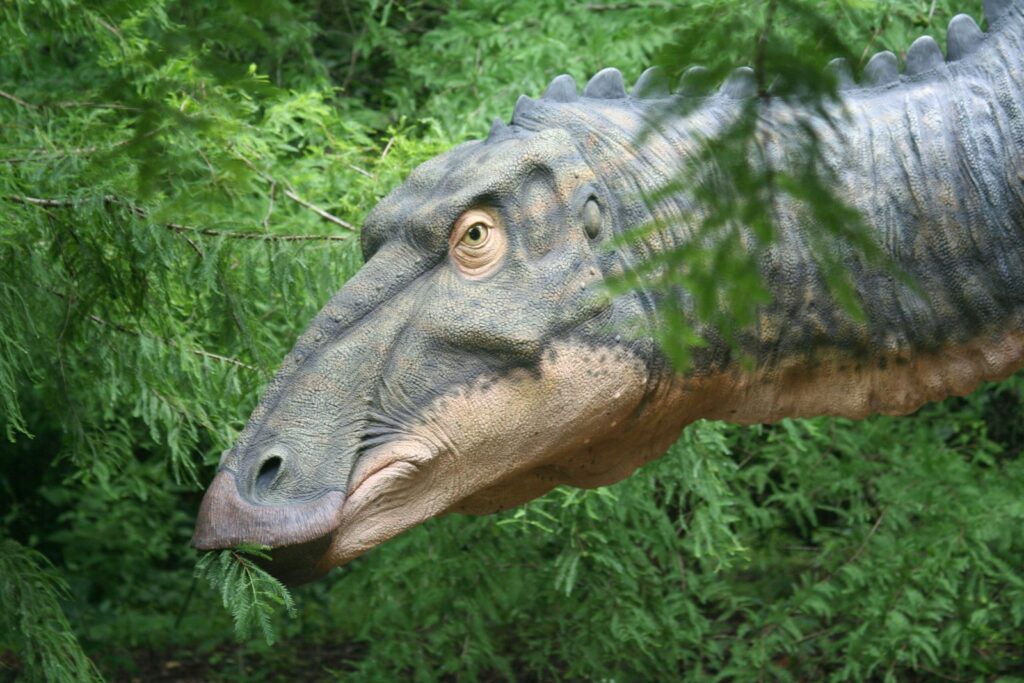
As a leading dinosaur expert, Dr. Holtz has dedicated significant effort to correcting persistent public misconceptions about tyrannosaurs and other prehistoric animals. He has repeatedly addressed the popular but scientifically unsupported notion that T. rex was primarily a scavenger, presenting evidence for its capabilities as an active predator while noting that, like modern predators, it likely both hunted and scavenged opportunistically. Holtz has worked diligently to update outdated images of dinosaurs as slow, lumbering creatures, emphasizing research showing they were dynamic animals with complex behaviors and adaptations. He frequently corrects the misconception that all dinosaurs lived simultaneously, explaining how different species existed during specific time periods spanning over 165 million years. Through media appearances, public lectures, and his written works, Holtz combats inaccuracies perpetuated by older documentaries and films, gently but firmly replacing popular myths with current scientific understanding. This commitment to scientific accuracy makes him an important voice in translating paleontological research for public understanding.
Adapting to New Discoveries

One of Dr. Holtz’s most admirable qualities as a scientist is his intellectual flexibility and willingness to revise his understanding as new evidence emerges. When groundbreaking discoveries about dinosaur feathers began transforming our conception of theropods, Holtz readily incorporated this new information into his research and teaching, updating his models of tyrannosaur appearance and physiology accordingly. He has similarly adapted to new findings regarding dinosaur metabolism, growth rates, and social behaviors, demonstrating how good science requires constant reexamination of established ideas. When improved dating techniques revised the timeline of certain fossil formations, Holtz promptly adjusted his analyses of tyrannosaur evolution to reflect these more accurate chronologies. This adaptability extends to his public communication as well, where he transparently discusses how and why scientific understanding changes over time. By modeling this intellectual openness, Holtz demonstrates that changing one’s mind in response to new evidence is not a weakness but the very essence of scientific progress.
Legacy and Continuing Influence
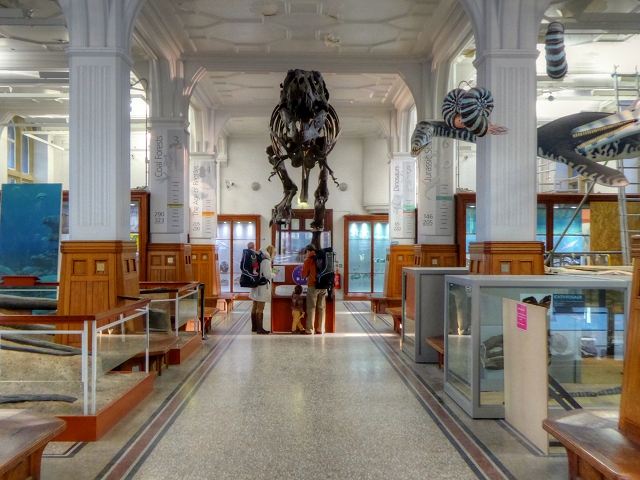
Dr. Holtz’s legacy in paleontology extends far beyond his published research through the generations of scientists and science enthusiasts he has influenced. Former students now occupy positions at major research institutions, museums, and universities worldwide, carrying forward his methodologies and passion for dinosaur science. His educational materials continue to serve as foundational resources for students and researchers entering the field, establishing standard approaches to theropod anatomy and classification. The accessibility of his work has also inspired countless young people to pursue careers in paleontology and related sciences, creating a cascade effect of scientific interest. Beyond academia, his influence on paleoart has helped establish new standards for scientifically accurate dinosaur reconstructions in museums and media. As dinosaur science continues to evolve rapidly with new technologies and discoveries, Holtz’s balanced approach—combining careful analysis with openness to new evidence—provides a model for how paleontology can progress while maintaining scientific integrity.
Future Research Directions
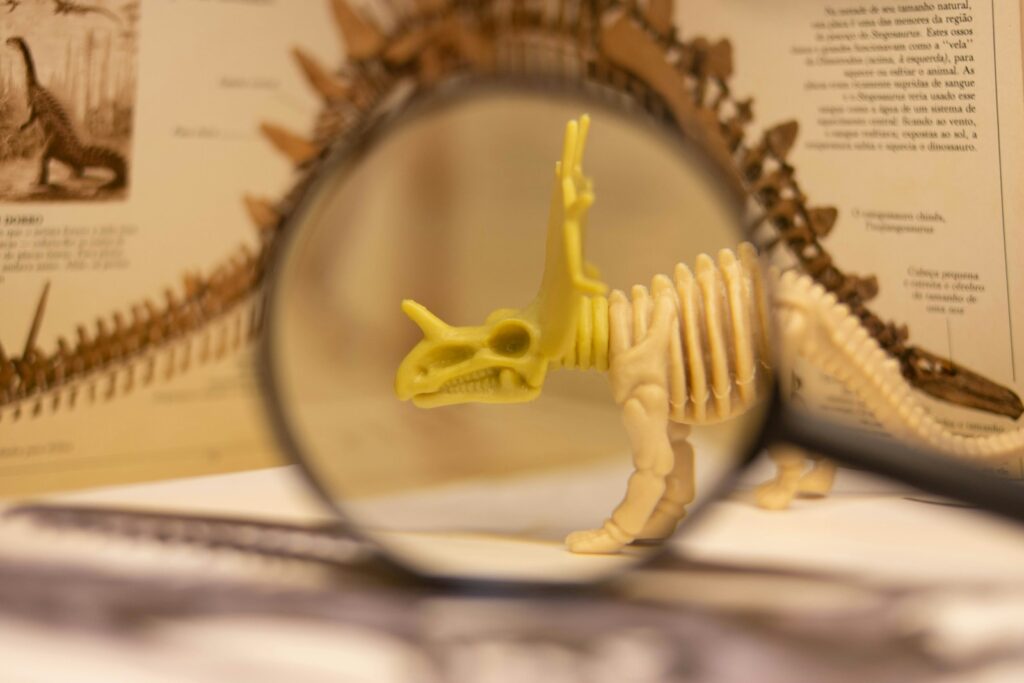
Looking ahead, Dr. Holtz continues to pursue several promising research directions that may further transform our understanding of tyrannosaurs and related dinosaurs. He is currently exploring the ecological relationships between tyrannosaurs and their prey species, examining how these predator-prey dynamics shaped Cretaceous ecosystems. Another ongoing area of investigation involves more precise mapping of tyrannosaur sensory capabilities through comparative studies with living relatives like birds and crocodilians, potentially revealing new insights about their hunting strategies and social behaviors. Holtz is also participating in research utilizing advanced imaging technologies to examine internal structures of tyrannosaur fossils that were previously inaccessible without damaging specimens. Additionally, he remains engaged with the integration of new tyrannosaur discoveries from around the world into comprehensive evolutionary frameworks that trace the group’s development over time. These research directions promise to keep Holtz at the forefront of tyrannosaur science for years to come, continuing to refine our picture of these magnificent prehistoric predators.
Dr. Thomas Holtz’s career exemplifies the perfect union of rigorous scientific research and passionate science communication. Through decades of dedicated study, he has transformed our understanding of Tyrannosaurus rex and its relatives from simplistic movie monsters into complex biological organisms with sophisticated adaptations and evolutionary histories. His ongoing contributions to both academic research and public education ensure that accurate, up-to-date dinosaur science reaches audiences ranging from professional paleontologists to dinosaur-obsessed children. As new discoveries continue to emerge and techniques evolve, Holtz’s intellectual flexibility and commitment to evidence-based conclusions will undoubtedly keep him at the forefront of tyrannosaur research. His lasting legacy lies not just in the papers he has published or the fossils he has studied, but in the countless minds he has opened to the wonders of prehistoric life and the processes of scientific investigation.



